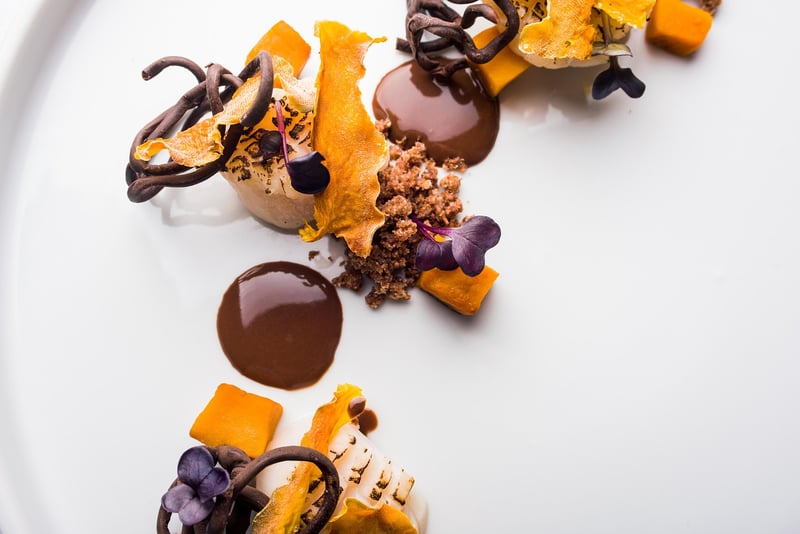Traditional Meets Trendy
The Impact of Culture on Cuisine
Cuisine is not just about food; it is a reflection of culture, history, and traditions. The flavors, ingredients, and cooking techniques used in a particular cuisine are deeply rooted in the culture of the region. Let's explore how culture influences cuisine and how traditional dishes are evolving to meet modern trends.
1. Flavors and Ingredients
Each culture has its unique flavor profile that is influenced by its history, geography, and available ingredients. For example, Asian cuisines often use a combination of sweet, sour, salty, and spicy flavors, while Mediterranean cuisines focus on fresh herbs, olive oil, and citrus fruits.
2. Cooking Techniques
Cooking techniques also vary across cultures. From stir-frying in Chinese cuisine to slow-cooking in Mexican cuisine, the methods used to prepare food are a reflection of cultural practices and traditions.
3. Cultural Significance
Food plays a significant role in cultural celebrations and rituals. Traditional dishes are passed down through generations, preserving the heritage and identity of a community. For example, the Thanksgiving turkey in the United States or the mooncakes during the Mid-Autumn Festival in China.
Traditional Meets Trendy
In recent years, there has been a rise in fusion cuisine and modern interpretations of traditional dishes. Chefs around the world are experimenting with blending flavors and techniques from different cultures to create innovative and exciting dishes.
Examples of Traditional Meets Trendy
- Sushi Burritos - A fusion of Japanese sushi and Mexican burritos.
- Ramen Burgers - Ramen noodles used as buns for burgers, combining Japanese and American flavors.
- Taco Pizza - A mix of Mexican tacos and Italian pizza, creating a unique culinary experience.
By blending traditional recipes with modern trends, chefs are able to create dishes that appeal to a wider audience while still honoring the cultural roots of the cuisine.
Conclusion
The impact of culture on cuisine is profound and shapes the way we eat and experience food. By understanding the cultural influences on cuisine, we can appreciate the diversity and richness of culinary traditions around the world.

